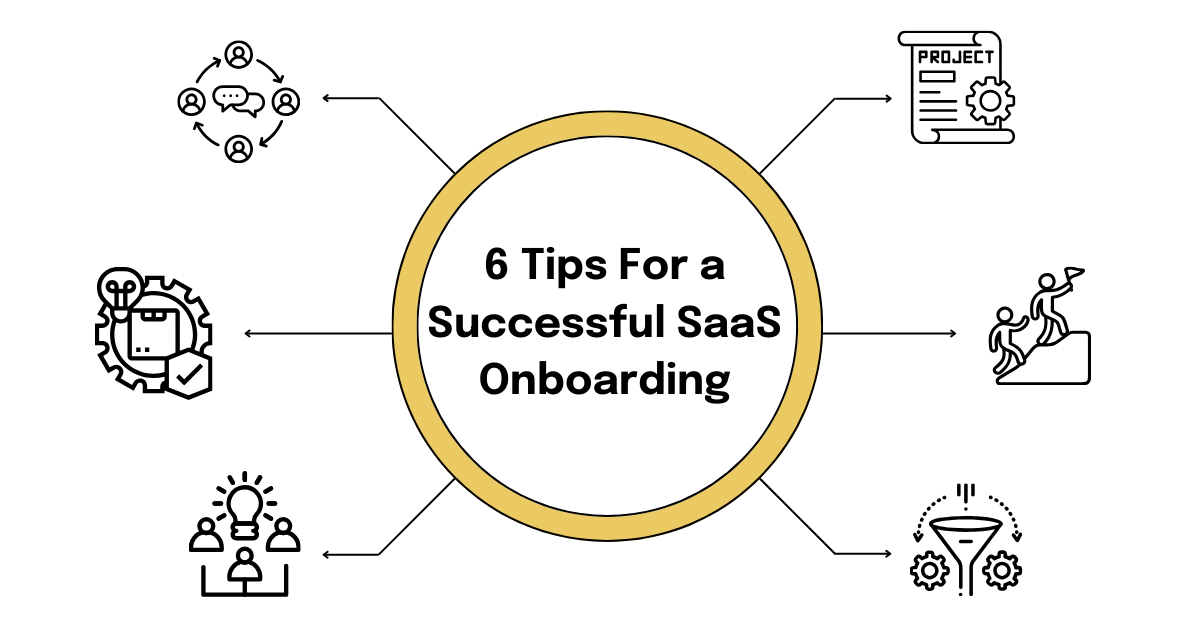Pro Tips For SaaS Onboarding


We’ve been in the software business long enough to have learned a lot about what can make customers excited about using new software and what can be a major barrier to adoption success.
If you’re the person driving new software onboarding, it can feel like a lot of pressure to get everyone equally excited about it as you are. Here are six tips we have to help you feel less pressured and increase successful onboarding rates.
1. Communicate The Benefits
Lack of information quickly turns into uncertainty. Make sure you communicate to new users the reasons why you believe this is a valuable change. Without a tangible benefit, onboarding to new software can just feel like another tedious task to add to the to-do list. If new software is going to make their work more efficient, organize their day-to-day tasks, improve collaboration, or something else, ensure those benefits are communicated.
2. Minimize Scattered Details
If specific details need to be shared with certain teams or roles, ensure that information is shared directly. Try to avoid sharing one large collection of information if it doesn’t pertain to all the recipients. For example, if there are more technical details that need to be shared with the IT team, there’s no need to cross wires and share it with sales, marketing, and design. Try to keep it simple!
3. Provide Training and Support
Blocking off time for comprehensive group training sessions is essential. Provide resources such as tutorials, user guides, and FAQs to address common questions and issues. Offer ongoing support to ensure that everyone feels comfortable and confident using the software. Even if the software seems easy, being able to walk through it together may bring something to light that wasn’t initially obvious.
4. Start With a Pilot Project
If it’s an exceptionally involved implementation, consider starting a smaller pilot project or with a specific team before rolling it out to the entire organization. This can allow for a smoother transition and help to identify any challenges or areas that need improvement before moving on to wider onboarding.
5. Lead By Example
Be proactive in incorporating it into your own work and highlight the positive impact it has on you. If you don’t believe in the software, then it will be challenging for your employees or colleagues to feel motivated to make the most out of it.
6. Evaluate and Refine
Continuously evaluate the effectiveness of the new software and its impact on team productivity. Seek feedback from team members on their experience with the software and incorporate their suggestions for improvement. The role of software isn’t always static, and as your company needs to shift, so may the way you put the software to use.
Being in charge of a new software onboarding can feel overwhelming but it’s important to remember the ultimate goal and the benefits you and your company will experience from the change. Staying organized, putting in the time, and emphasizing the tips above will help you find success with a new system.



